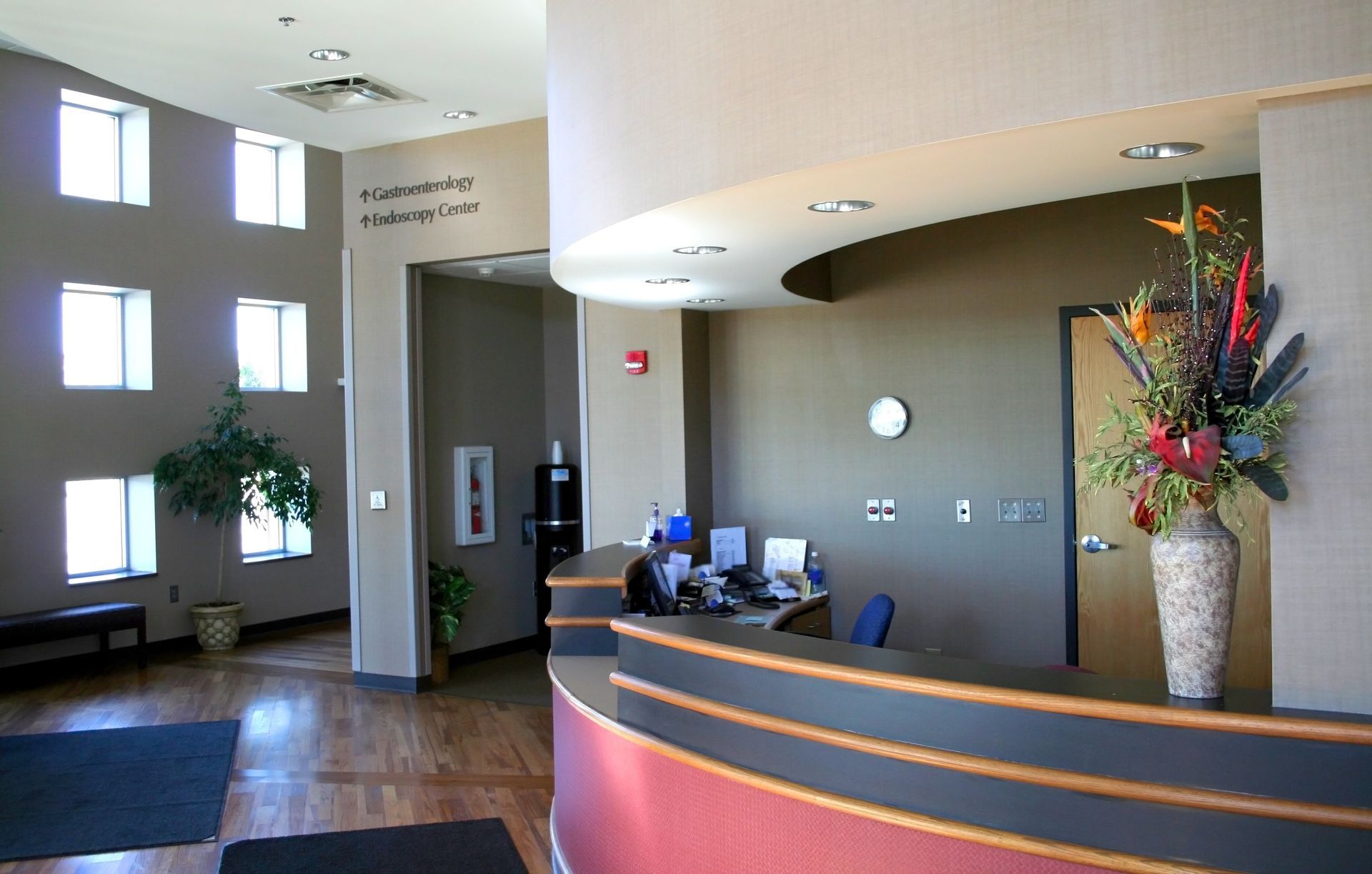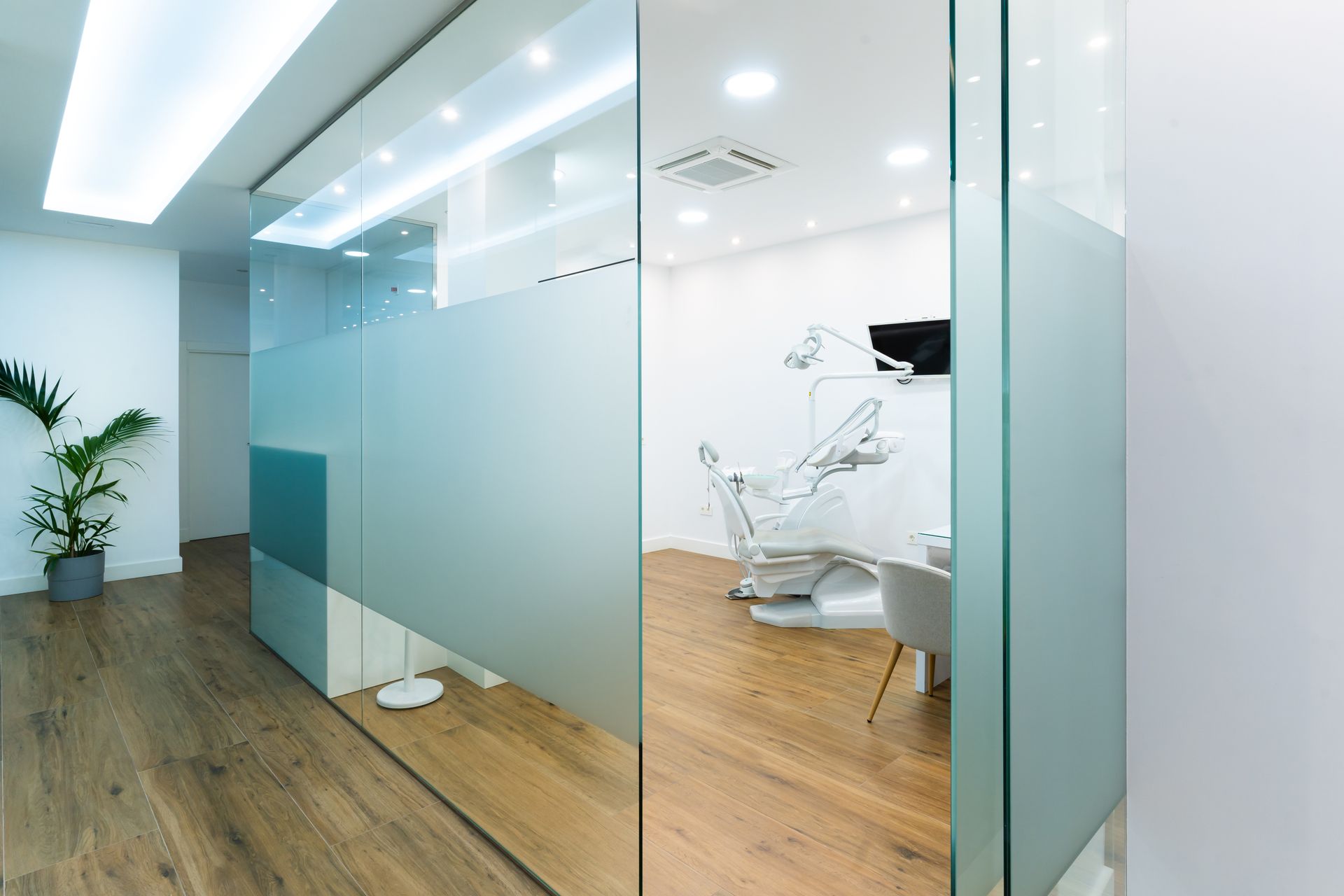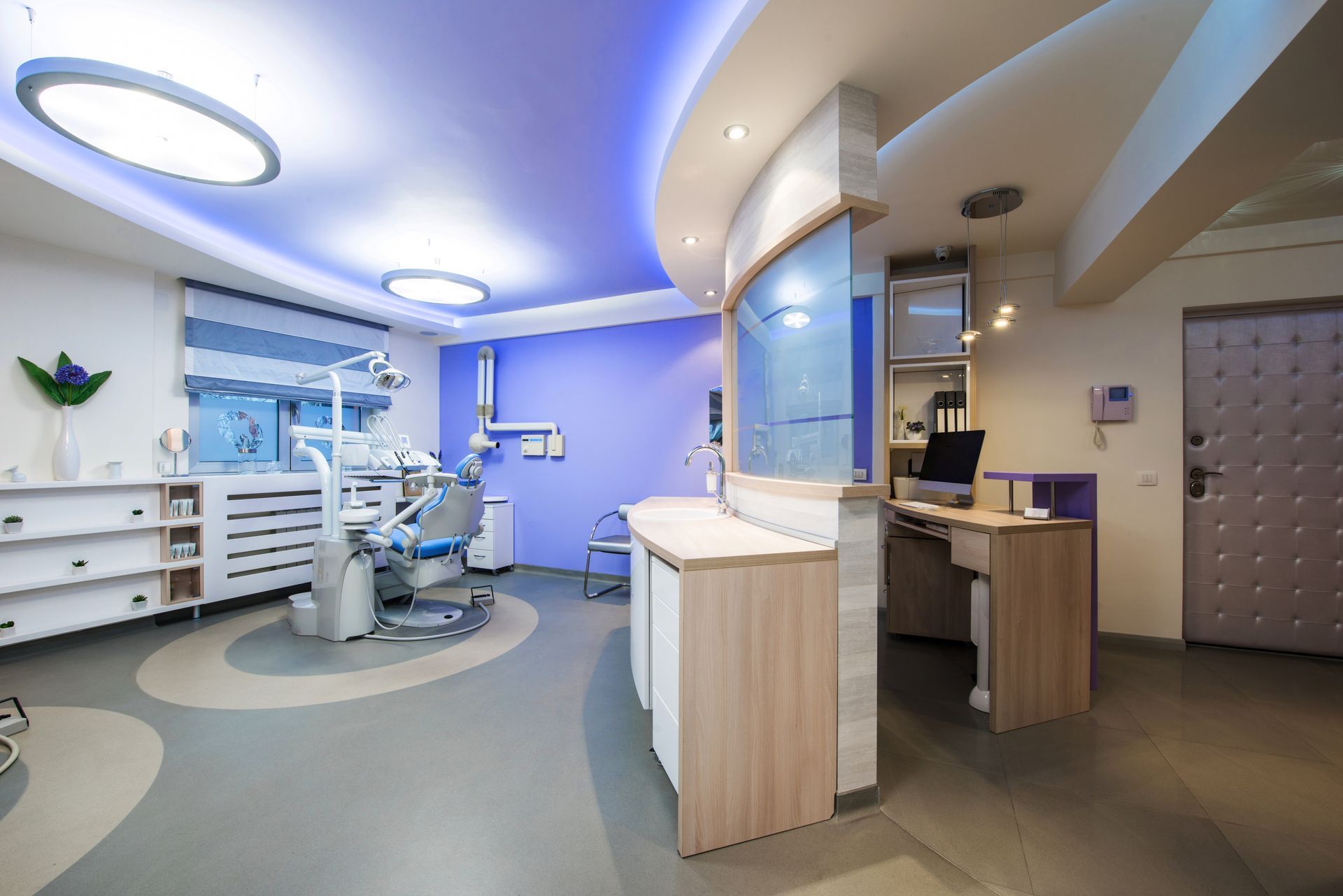Creating Patient-Centered Medical Spaces: Design Tips for Healthcare Practices
Transforming Healthcare Environments for Enhanced Patient Experiences
Healthcare is more than just medicine; it's an experience. From the moment a patient steps into a medical facility, their comfort, well-being, and overall experience are influenced by the environment around them. Designing patient-centered medical spaces can play a critical role in enhancing patient satisfaction, improving outcomes, and increasing trust in healthcare providers. Here are some design tips for healthcare practices aiming to create spaces that truly prioritize the patient.
Understanding Patient Needs
Before you start redesigning, it's essential to understand the needs and desires of your patients. Consider conducting surveys, interviews, or feedback sessions to gather insights. This will ensure that the changes you implement will be genuinely effective and appreciated.
Welcoming Waiting Areas
- Comfortable Seating: Offer a variety of seating options, considering patients of different ages and physical conditions. Chairs with armrests can assist elderly patients in standing up, while couches can be more comfortable for longer waits.
- Natural Light: Studies show that natural light can reduce anxiety and improve mood. Whenever possible, design waiting areas with large windows and open spaces that allow sunlight to flood in.
- Kids' Zone: Designate a space for children with toys, books, and interactive games to keep them engaged and reduce stress for parents.
- Privacy: Patients often discuss personal matters with receptionists. Ensure there are private spaces or partitions where they can talk without being overheard.
Efficient Office Layouts
- Navigation: Signage should be clear, and pathways should be intuitive. This is especially important in large facilities where patients can easily get lost.
- Accessibility: Ensure that the facility is wheelchair accessible, with wide corridors, ramps, and ADA-compliant restrooms.
- Technology Integration: Electronic check-in kiosks can reduce wait times and streamline administrative tasks, enhancing the patient experience.
Exam Rooms that Prioritize Comfort
- Adjustable Exam Tables: Offer tables that can be adjusted for height and angle, ensuring comfort for patients of all sizes and conditions.
- Information at Hand: Display educational materials or screens where patients can view their medical records, test results, or informational videos about their condition.
- Privacy Matters: Prioritize patient privacy with curtains or partitions, ensuring they feel secure during examinations.
- Personal Touches: Soft lighting, calming colors, and even artwork can make an exam room feel less clinical and more comforting.
Adopting a Holistic Approach
Consider the integration of nature in your design. Plants can purify the air and provide a calming effect. Aquariums or water features can also have a soothing influence on patients.
Flexibility for the Future
Healthcare is an ever-evolving field, and flexibility is key. Design spaces that can be easily modified or expanded in the future. This ensures that as patient needs change or new technologies emerge, your facility can adapt without undergoing a complete overhaul.
Staff Areas Matter Too
A well-designed workspace for healthcare professionals can improve efficiency and morale. Happy, well-rested staff provide better patient care, so don't overlook their spaces.
In Conclusion
Designing patient-centered medical spaces is not just about aesthetics; it's about creating an environment that fosters trust, comfort, and healing. By focusing on the needs and desires of patients, healthcare practices can ensure that their spaces not only look good but also enhance the overall patient experience.
You might also like
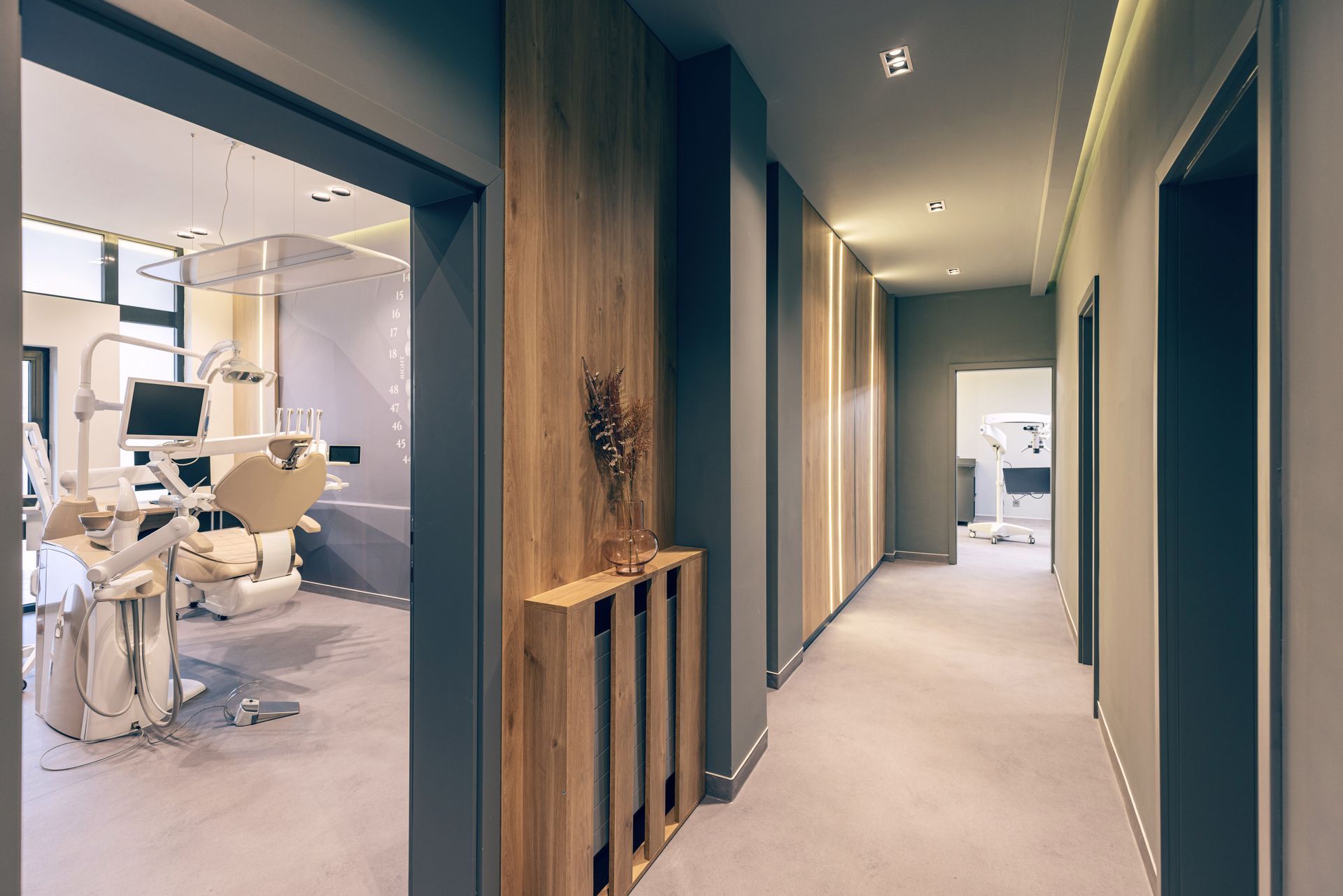
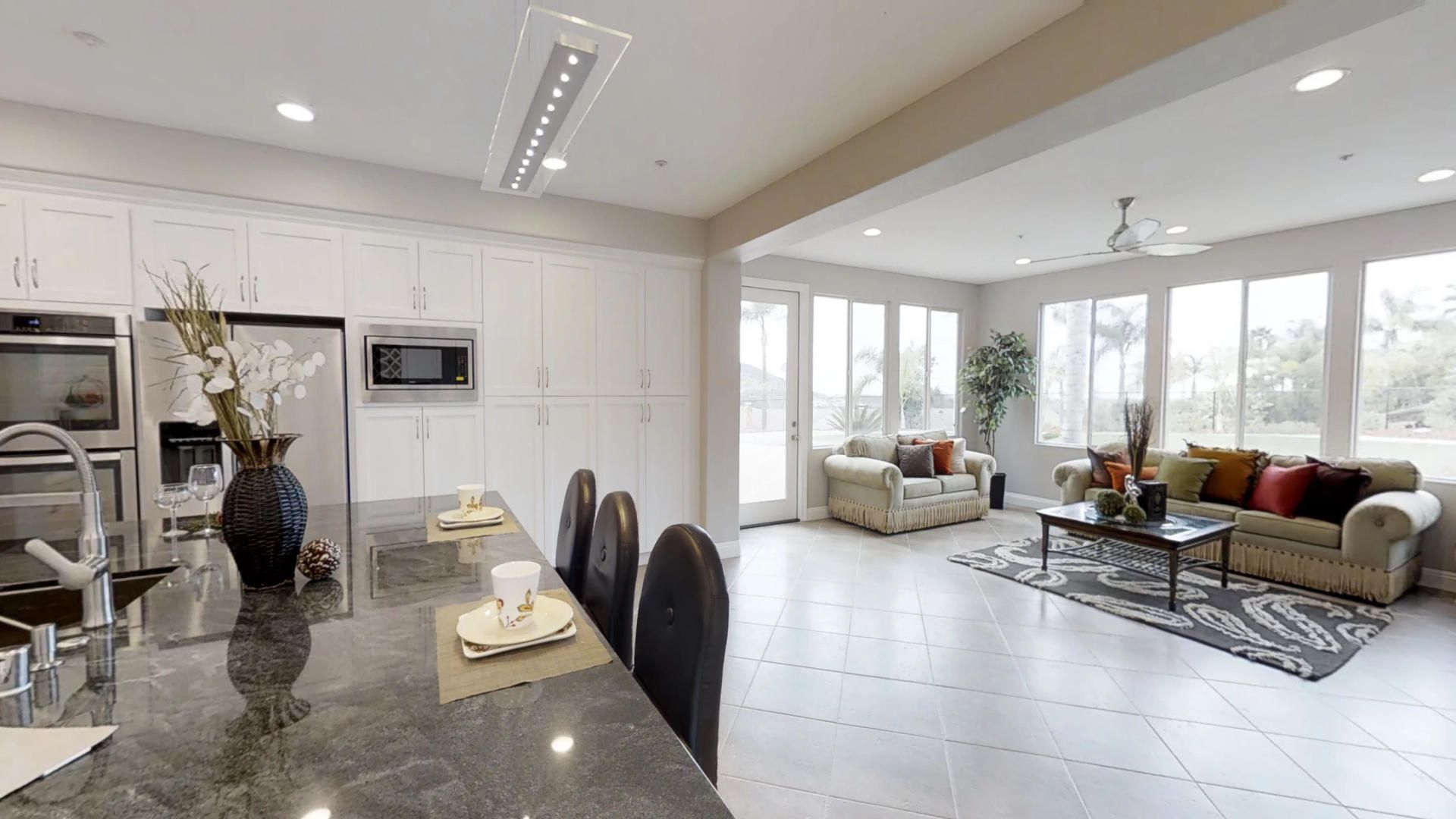
Book a Service Today
We will get back to you as soon as possible
Please try again later
Navigation
Services
Office Hours
- Mon - Fri
- -
- Sat - Sun
- Closed
All Rights Reserved | Firestone Builders, Inc. | Website Design by GoBeRewarded

